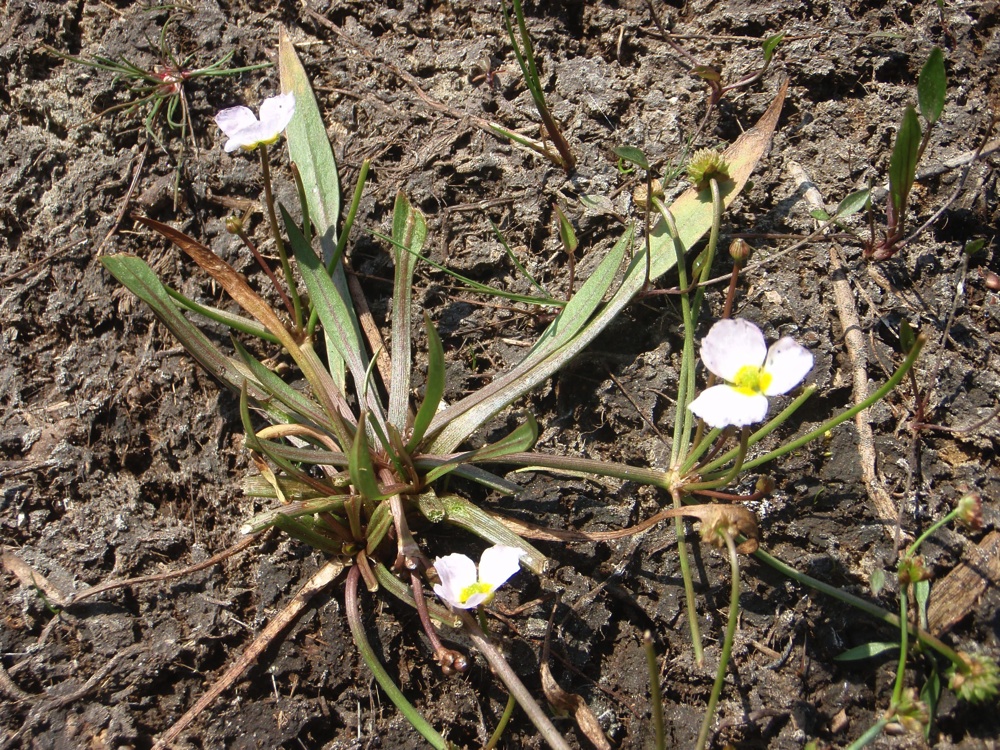Joanna Lawrence writes:
In order to establish if our habitat management at Fleet Pond is working, we commission surveys to be carried by local botanists and entomologists. While we aim to encourage lots of different groups of wildlife across the site, plants and insects are very good indicator groups, giving a good overall picture of the state of a habitat.
Marshland Restoration
Our most recent results have shown some very encouraging results, showing that our current management techniques are working well. In the Wet Heath, the summer grazing is working wonders with many botanical species, such as Heath Spotted Orchid, flourishing. The grazing works by suppressing unwanted scrub and grass to allow the heathland plants to flourish in a more open sward. Our entomologist’s results also show the presence of 3 Red Data Book insect species and 10 Nationally Rare species. (The Red Data Book lists all of Britain’s most endangered and rare species.) A similar survey in 2003 showed the presence of 67 species of insect. The total in 2008 had risen to 141 species.
Lesser Water Plantain
The story is similar in Coldstream Marsh with a number of important species being found on the scraped areas, such as Pillwort, a small fern, and Lesser Water Plantain, both Red Data Book species. Clearance of trees and scraping areas of earth to expose the seedbed underneath, are management techniques employed at Fleet Pond to restore the nationally rare habitat of fen, or more commonly known at the Pond as Marsh. Although the numbers of insects and plants recorded in the Marshes are rising all the time, the numbers are still below what they once were before the woodland encroached on the marshes. Therefore it is essential that we continue with this work to further improve this very rare habitat.
A total of 386 insect species were recorded last summer from the Dry Heath, the Wet Heath, Wet Woodlands and Marshes, including 6 Red Data Book species and 30 Nationally Scarce insects.
Picture credits: Joanna Lawrence
Comment: if you are interested in finding more out about insects a very good starting point is the web site of The Amateur Entomologist’s Society.



